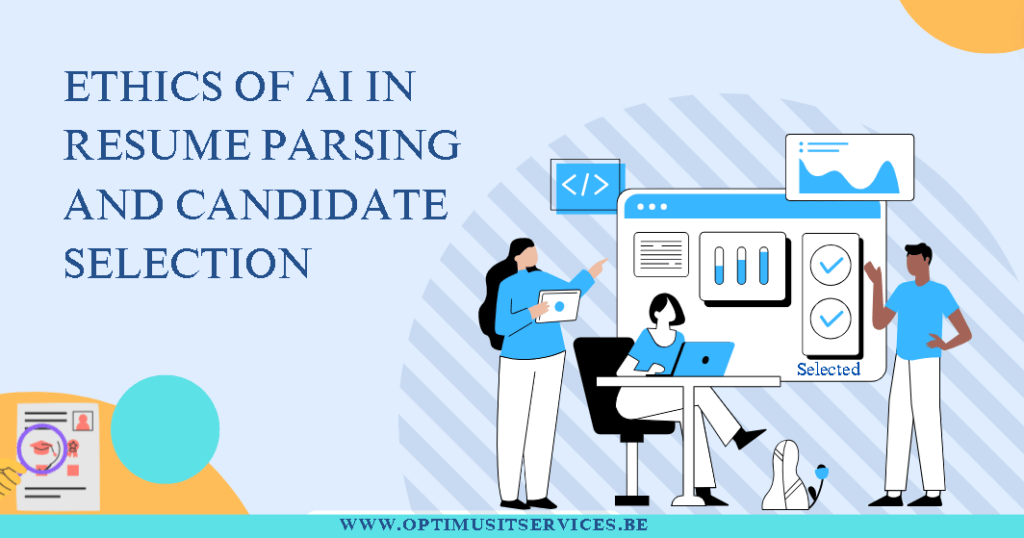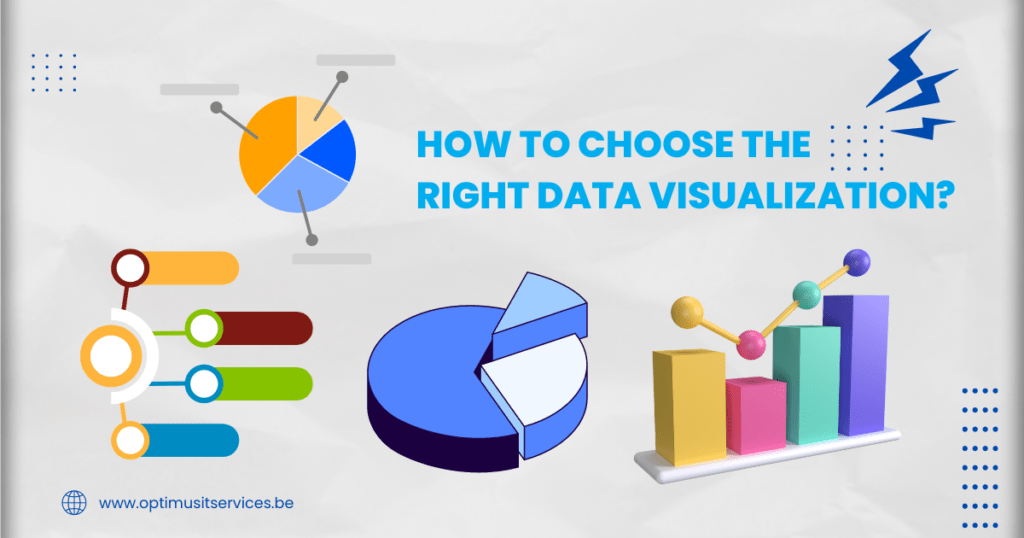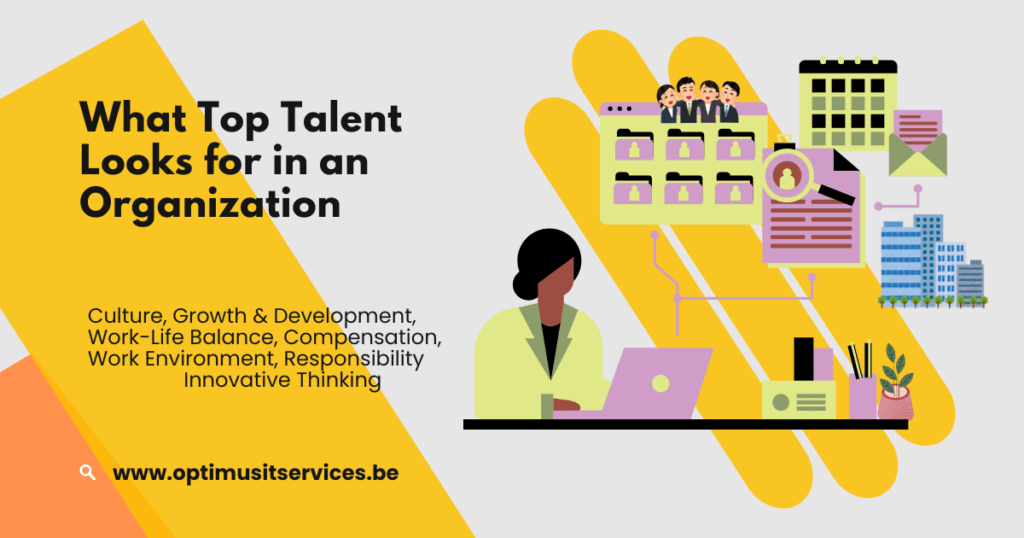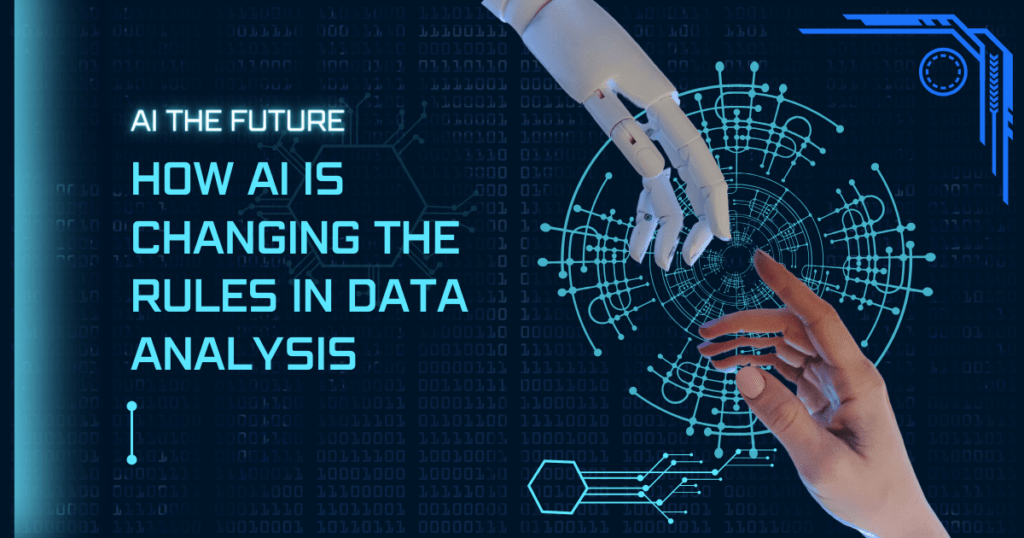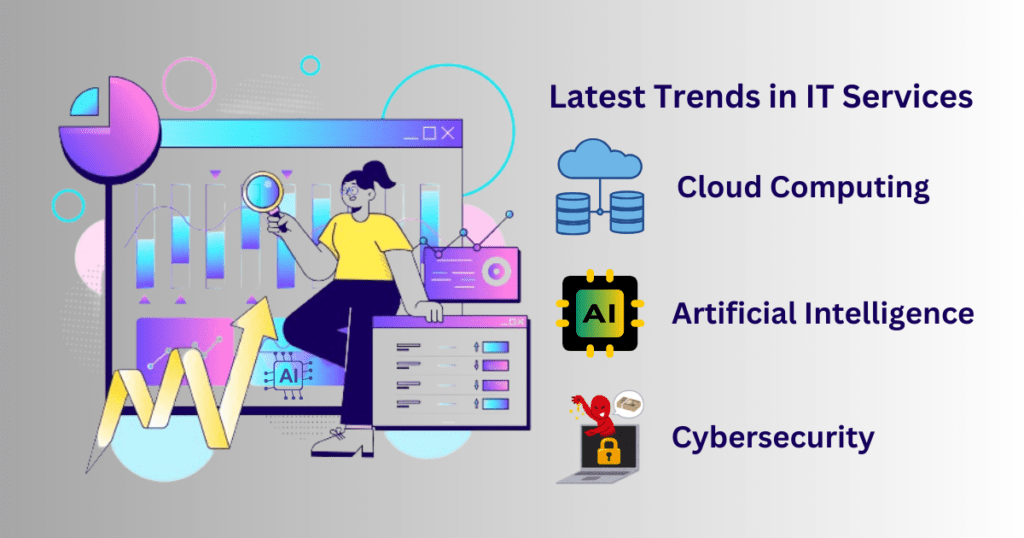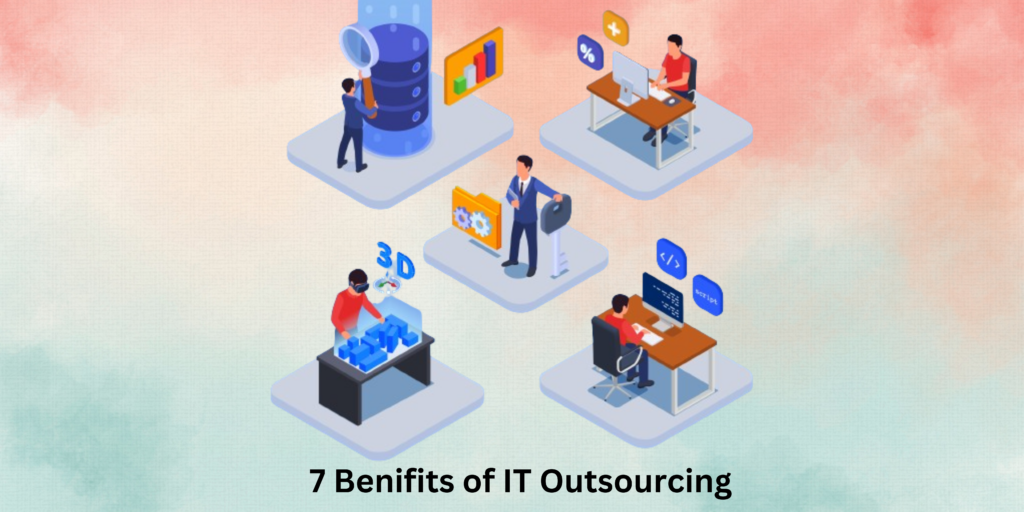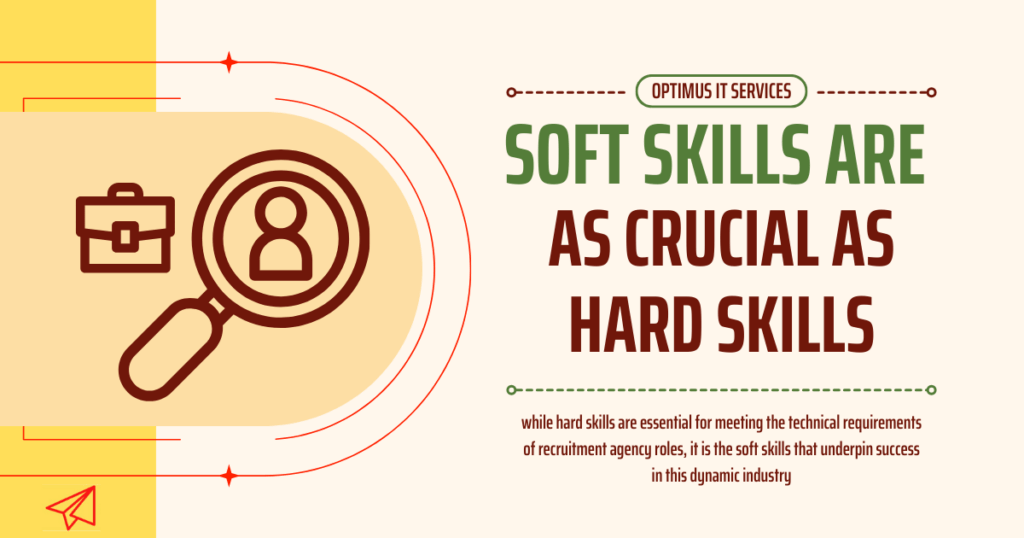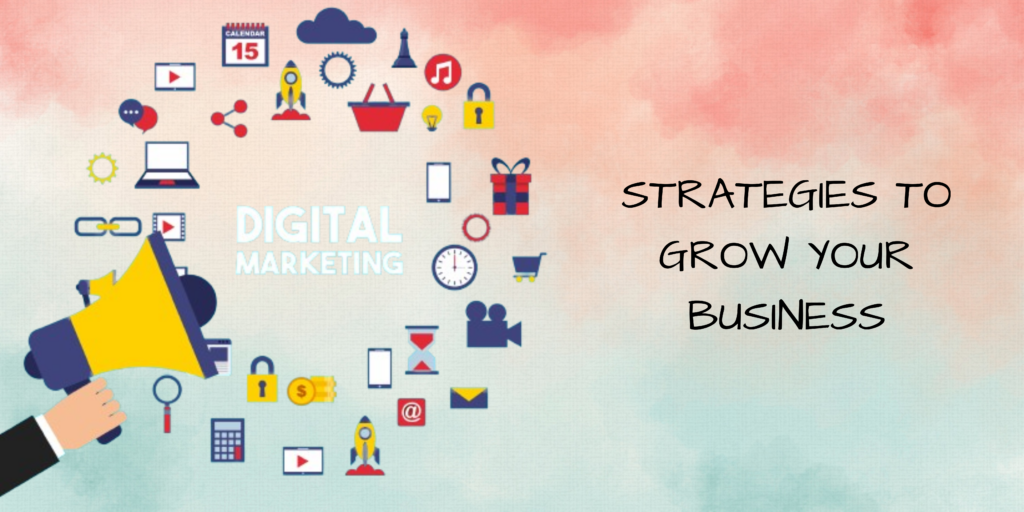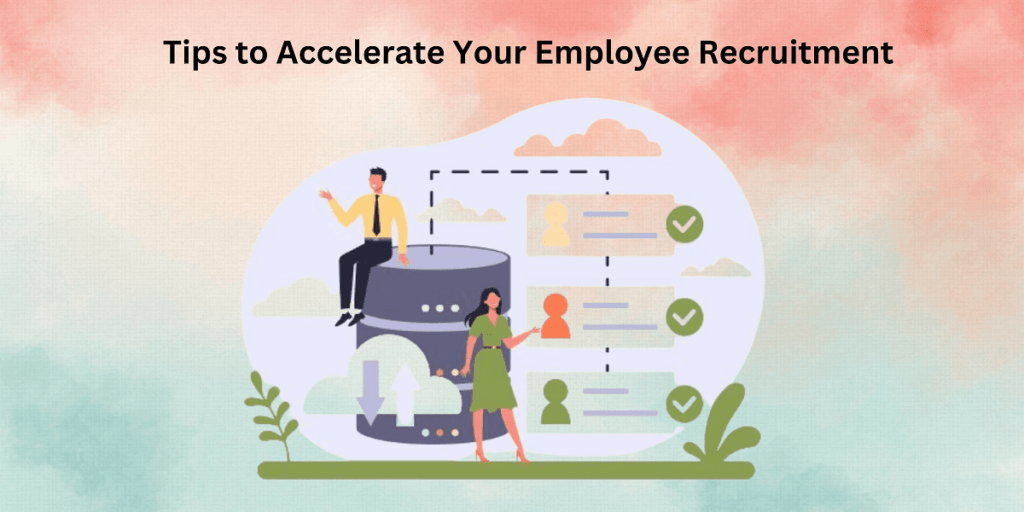In the world of recruitment agencies, the interplay between hard and soft skills is paramount. While hard skills, such as technical proficiency and industry-specific knowledge, remain essential for fulfilling job requirements, it is the soft skills that often distinguish exceptional talent in the recruitment agency sector. Navigating the Recruitment Landscape with Hard and Soft Skills Hard skills, the tangible and measurable abilities acquired through education and experience, form the foundation of competence in the recruitment agency domain. These skills encompass various technical proficiencies, from sourcing candidates to conducting interviews and negotiating job offers. They are the prerequisites for effectively carrying out the day-to-day tasks and responsibilities inherent in recruitment roles. However, soft skills, the intangible interpersonal attributes that facilitate effective communication and relationship-building, play an equally crucial role in the success of recruitment professionals. These skills include communication, empathy, adaptability, and problem-solving, among others. In the fast-paced and people-centric world of recruitment, these soft skills are invaluable for establishing rapport with clients and candidates, understanding their needs, and fostering long-term relationships. The Significance of Soft Skills in Recruitment Agency Operations In the context of recruitment agency operations, where the primary objective is to match candidates with suitable job opportunities, soft skills take center stage. Effective communication skills enable recruiters to articulate job requirements clearly, assess candidate suitability accurately, and provide constructive feedback throughout the hiring process. Empathy and emotional intelligence allow recruiters to understand the motivations and aspirations of candidates, thereby facilitating better cultural fit and job satisfaction. Moreover, in a competitive market where client relationships are paramount, soft skills such as relationship-building, negotiation, and conflict resolution become critical differentiators for recruitment agencies. Recruiters who possess strong interpersonal skills can build trust with clients, anticipate their needs, and deliver personalized solutions that drive client satisfaction and loyalty. Essential soft skills Here’s a list of essential soft skills that are valuable in various professional careers, including the recruitment agency industry Communication The ability to convey ideas clearly and effectively through verbal and written means, as well as active listening skills. Empathy Understanding and relating to the emotions, thoughts, and experiences of others, and demonstrating compassion and sensitivity in interactions. Adaptability Flexibility and willingness to adjust to new situations, environments, and changes in priorities or requirements. Problem-solving Analytical thinking and creative problem-solving skills to identify challenges, evaluate options, and implement effective solutions. Teamwork Collaboration and cooperation with colleagues to achieve shared goals, including the ability to contribute ideas, compromise, and resolve conflicts constructively. Leadership Inspiring and motivating others, providing direction and guidance, and empowering team members to reach their full potential. Time Management Prioritizing tasks, organizing schedules, and efficiently allocating resources to meet deadlines and achieve objectives. Emotional Intelligence Recognizing, understanding, and managing one’s own emotions, as well as understanding and influencing the emotions of others positively. Conflict Resolution Effectively addressing and resolving disagreements or conflicts constructively and diplomatically to maintain positive relationships and foster collaboration. Critical Thinking Evaluating information, identifying assumptions, and making informed decisions based on evidence and logical reasoning. Creativity Thinking innovatively and generating original ideas or solutions to challenges, as well as adapting existing concepts in novel ways. Stress Management Coping with pressure, adversity, and uncertainty healthily and productively, while maintaining focus and resilience. These soft skills are essential for success and are highly valued by employers across various sectors. Continuous development and refinement of these skills can enhance professional effectiveness, interpersonal relationships, and overall career satisfaction. Embracing Soft Skills for Career Advancement in Recruitment Agencies For professionals aspiring to advance their careers in the recruitment agency industry, the cultivation of soft skills is essential. While hard skills may open doors to job opportunities, it is the mastery of soft skills that propels individuals towards leadership roles and long-term success. Recruiters who excel in communication, empathy, and collaboration are better equipped to lead high-performing teams, foster a positive work culture, and drive organizational growth. Furthermore, as recruitment agencies evolve to meet the changing demands of the market, soft skills such as adaptability and resilience become indispensable. Recruiters who can embrace technological advancements, navigate industry shifts, and effectively manage change are better positioned to thrive in an ever-evolving recruitment landscape. Striking a Balance Between Hard and Soft Skills In conclusion, while hard skills are essential for meeting the technical requirements of recruitment agency roles, it is the soft skills that underpin success in this dynamic industry. By prioritizing the development and honing of soft skills, recruitment agencies can enhance their effectiveness, build stronger client relationships, and drive sustainable growth. Ultimately, it is the harmonious integration of hard and soft skills that empowers recruitment professionals to excel in their careers and make meaningful contributions to their organizations. Read Other Related Articles Unlocking the Power of a Specialized IT Recruitment Agency in Belgium 5 Tips to Accelerate Your Employee Recruitment The benefits of using a recruitment agency in your job search The importance of soft skills in IT hiring advice from recruitment agency The role of IT recruitment agencies in nurturing emerging tech talent

